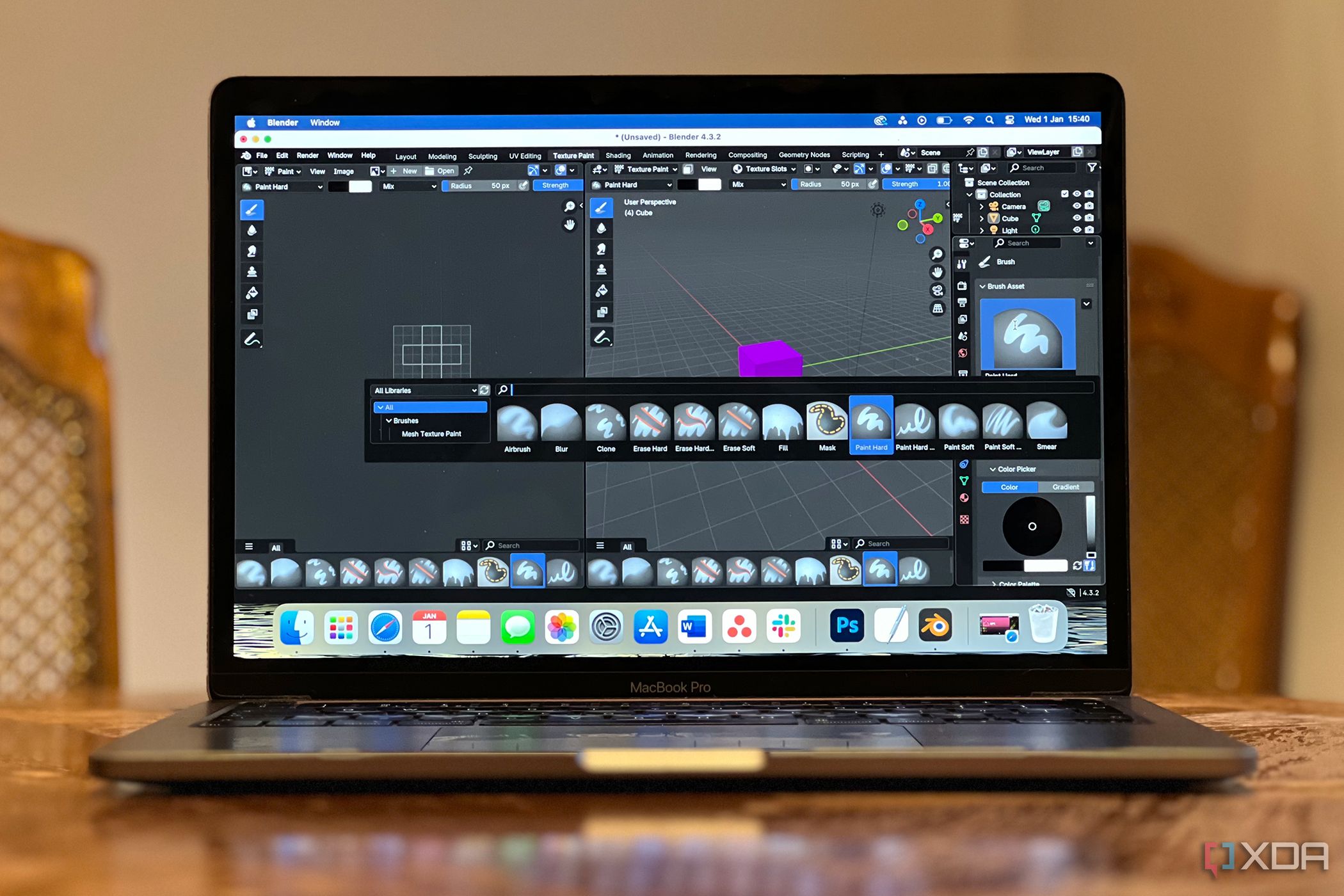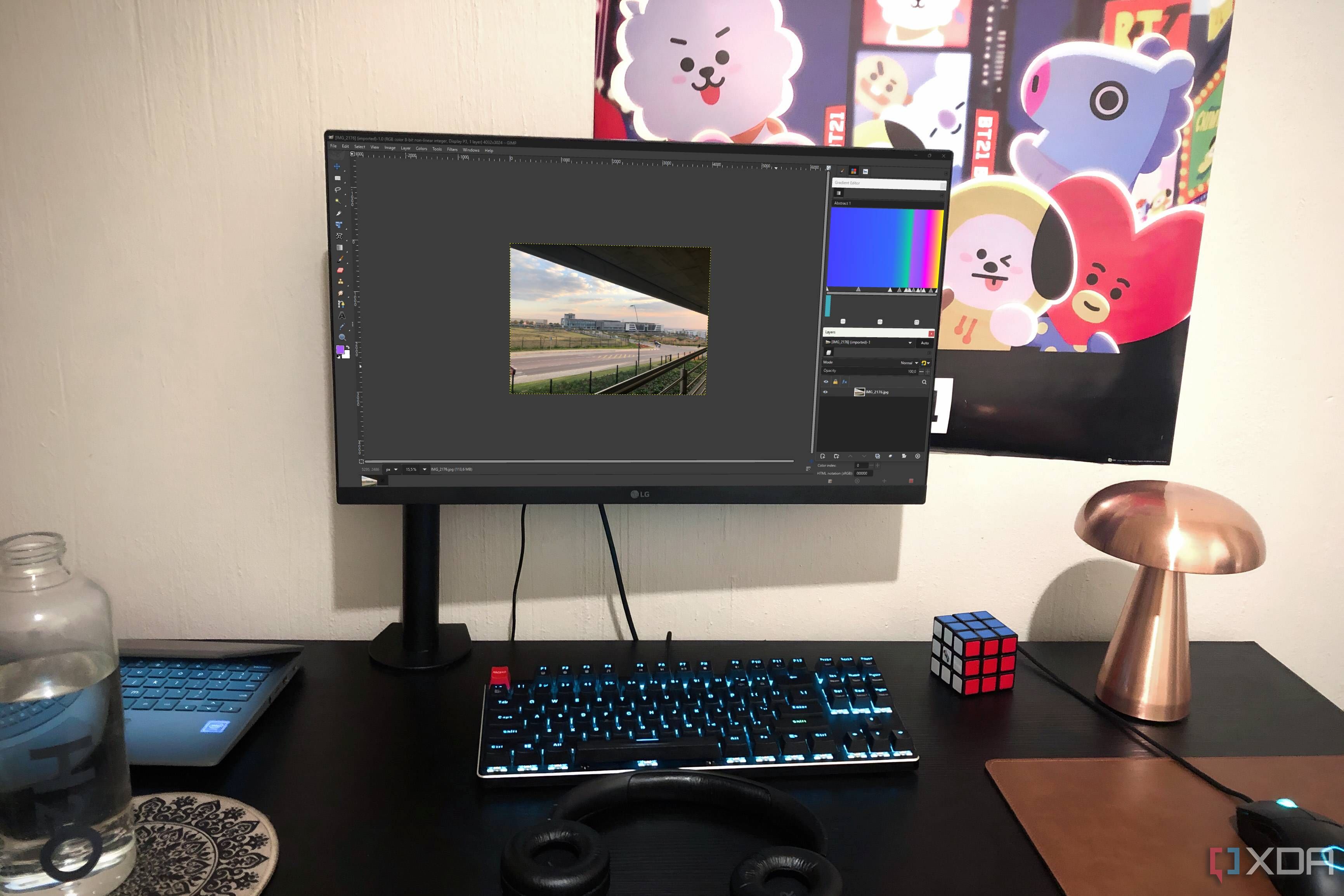Open-source software sometimes gets a bad reputation for being buggy, insecure, low-quality, or all of the above. To find out for myself, I spent a lot of time using open-source software and came away with a fresh appreciation for the open-source community and what it represents. I also learned several important lessons from the experiment, but the biggest takeaway? In many cases, the free and open-source options are preferable to paid software.
5
Free does not mean low-quality
Open-source software is often better supported than paid software
Many people have a misconception that free software options are not as good. For example, an application like WPS Office might be seen as inferior to Microsoft Office, despite having largely the same commands and functions. The fact is, after using WPS Office as my primary word processor (and spreadsheet manager, PowerPoint viewer, etc.) for a while now, I don’t miss Microsoft Office in the slightest. There are minimal differences between the two applications. Sure, it doesn’t integrate with Windows as easily as Microsoft Office does, but WPS Office comes with everything MS Office does — including cloud storage and AI functionality.
GIMP is the same way. It’s a free, open-source alternative to Photoshop. It has a steeper learning curve and can sometimes feel a bit clunky, but compared to paying the prices Adobe wants for the same functionality, it’s a no-brainer. In fact, I’ve found certain tasks easier to perform in GIMP than in Photoshop, despite having more experience working with the latter.

Related
5 best free alternatives to Adobe creative software you should use instead
Some Adobe alternatives are just better. And they’re also totally free.
4
Open-source software is sometimes more secure
Transparency provides security
Many people think that open-source software development is like the Wild West, but that’s nowhere near the truth. Many programs are developed just like premium software, with the key difference being that all the code is visible. You can inspect it yourself. And because you can see all the code, you can check for anything hidden within the software that might be a vulnerability. When problems are discovered, the community doesn’t have to wait for the developers to respond or for a patch to go through weeks of testing. Problems can be patched almost immediately, even if it isn’t the most elegant solution.
And because there are so many eyes on the code, it’s much more difficult for a bad actor to slip something in that exploits users. Malicious code tends to be spotted quickly, especially since most open-source applications are built with best security practices in mind, rather than tacking them on at the end of the development cycle.
3
Open-source software is more compatible
You aren’t locked to a single app
In most cases, open-source software is compatible with a wide range of file types. To use WPS Office once more, it can save documents as everything from .WPS to .DocX files. Migrating a file from Microsoft Office or another application like LibreOffice is simple, and WPS Office even supports older file types that newer versions of Pages or MS Office might not.
In that same vein, GIMP works just fine with .PSD files. You might lose a few features here and there, but GIMP is mostly compatible with everything a PSD file can throw at it with the exception of specific Photoshop features like Smart Objects. If you’re thinking about making the switch from a paid software to an open-source solution, you can count on it to work. And even if it doesn’t natively support that file type, there’s a solid chance you can find an extension or another application that does.

Related
5 ways to make GIMP feel more like Photoshop
Bridge the gap between Photoshop and GIMP
The end of official support doesn’t mean the end of life
Open-source software isn’t reliant on its creators to keep working. Once the official support ends, unofficial support can — and often does — continue through community contributions. LibreOffice is one of the best examples of this. Oracle originally sponsored the program, first known as OpenOffice. Once Oracle stopped supporting the program, the community stepped in and took over. LibreOffice was born and has a strong community that continues to support it even now, while the original OpenOffice has much less support.
Another solid example of this is Audacity, an open-source audio editor. It underwent several periods of slower development, but was revitalized and sustained by its community.
1
Open-source software creates strong communities
Teamwork makes the dream work
To build off the previous point, open-source software creates robust community groups of passionate developers who will work to keep an application afloat, often without pay or compensation. These teams work because they believe in the software and the problems it solves, rather than in some interest of monetary gain. Of course, many groups do get paid (crowdfunding has supported quite a few open-source projects), but it’s a drop in the bucket compared to what a developer for another company might earn. Just take a look at subreddits like r/opensource or r/github to see what a group of like-minded people can do.
Open-source software is the future
In many ways, open-source software is the future of programming and development. Paid software tends to rise to the top because it has more funding and a larger marketing budget; however, the ultimate goal is to generate revenue. Open-source software tends to focus more on solving a problem, and because it isn’t as focused on the bottom line, creative approaches are better able to flourish.










